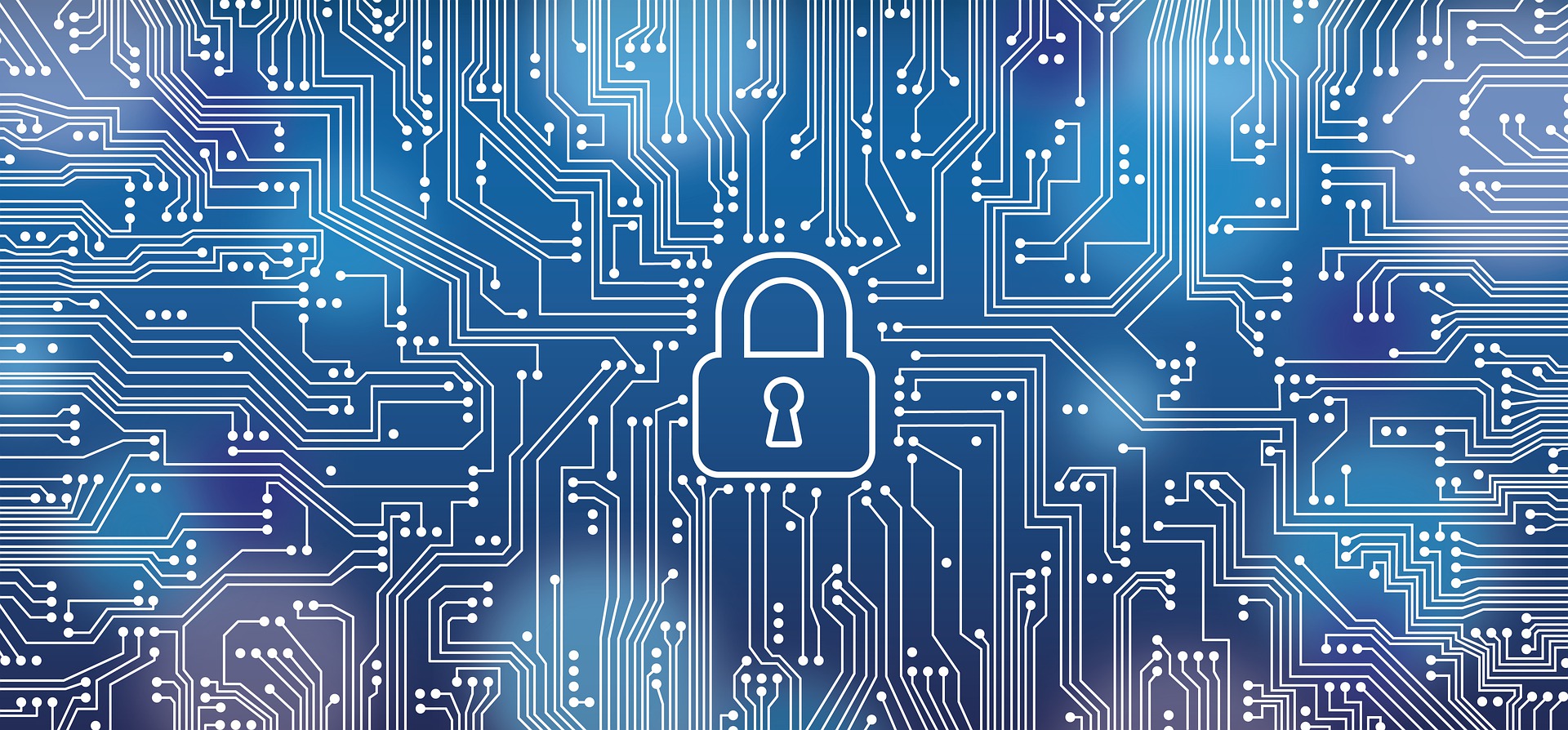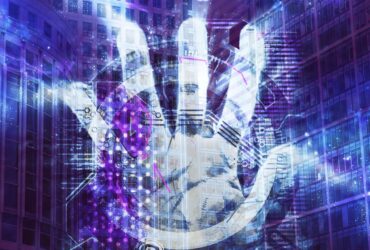
As entrepreneurs and small business owners, we are constantly navigating the ever-evolving world of cybersecurity. With customer data and company information at stake, it is vital to establish a strong foundation of security measures. In this comprehensive guide, we will shed light on single factor authentication, a fundamental aspect of cybersecurity that can provide an added layer of protection to your digital infrastructure. Join us as we unravel the complexities of single factor authentication and empower you with the knowledge to safeguard your business against potential cyber risks.
What is Single Factor Authentication?
Single factor authentication is a security measure that verifies the identity of a user by requiring only one form of authentication, typically a password or a PIN. It is the most basic and commonly used method of authentication, but it is also the least secure. With single factor authentication, if an unauthorized individual obtains or guesses the password, they can gain access to the protected system or data. While it is a simple and convenient method, it is recommended to use additional layers of authentication, such as multi-factor authentication, to enhance security and protect against potential cyber threats.
How Does Single Factor Authentication Work?
Single-factor authentication works by verifying the identity of a user through a single form of authentication, typically a password or a PIN. Here is a step-by-step breakdown of how single-factor authentication works:
- User provides their username or email address to initiate the authentication process.
- User enters their password or PIN associated with their account.
- The system compares the entered password or PIN with the stored credentials.
- If the entered password or PIN matches the stored credentials, the user is granted access to the system or application.
- If the entered password or PIN does not match, the user is denied access and may be prompted to try again or reset their password.
- Once authenticated, the user can proceed to use the system or access the desired resources.
It is important to note that single factor authentication solely relies on the secrecy and complexity of the password or PIN. Therefore, it is crucial to choose strong and unique passwords and regularly update them to minimize the risk of unauthorized access.
How to Enhance Security with Single Factor Authentication
Best Practices for Implementing Single Factor Authentication
To enhance security with single factor authentication, consider the following best practices:
- Use Strong and Unique Passwords: Encourage users to create strong passwords that include a combination of uppercase and lowercase letters, numbers, and special characters. Avoid using common or easily guessable passwords. Additionally, ensure that users do not reuse passwords across multiple accounts.
- Enable Two-Factor Authentication (2FA): While single factor authentication is the primary method, consider implementing an additional layer of security with 2FA. This can involve using a secondary authentication method, such as a one-time password sent via SMS, a biometric scan, or a hardware token.
- Regularly Update Passwords: Encourage users to change their passwords periodically, ideally every 90 days. This helps prevent unauthorized access in case of a compromised password.
Common Mistakes to Avoid with Single Factor Authentication
To avoid potential security pitfalls, be aware of the following common mistakes:
- Using Weak Passwords: Avoid allowing users to set weak passwords that are easily guessable or commonly used. Implement password complexity requirements and guide on creating strong passwords.
- Not Educating Users: Users should be educated about the importance of password security and the risks associated with weak or compromised passwords. Provide training or resources to help users understand the significance of maintaining strong authentication practices.
- Lack of Account Lockout Policies: Implement account lockout policies that temporarily lock user accounts after a certain number of failed login attempts. This helps prevent brute-force attacks and unauthorized access attempts.
Alternatives to Single Factor Authentication
While single factor authentication is a common method, consider exploring alternative authentication methods to enhance security further:
- Multi-Factor Authentication (MFA): Implementing MFA adds an extra layer of security by requiring users to provide multiple forms of authentication, such as a password, a fingerprint scan, or a security token. This significantly reduces the risk of unauthorized access.
- Biometric Authentication: Biometric authentication methods, such as fingerprint or facial recognition, use unique physical characteristics to verify a user’s identity. This provides a higher level of security and convenience compared to traditional passwords.
- Passwordless Authentication: Passwordless authentication eliminates the need for passwords. Instead, it relies on methods like biometrics, hardware tokens, or email-based authentication links to verify user identity. This reduces the risk of password-related vulnerabilities.
By implementing these best practices, avoiding common mistakes, and exploring alternative authentication methods, you can enhance the security of your systems and protect sensitive information effectively.
How Does Single Factor Authentication Impact User Experience?
Single factor authentication can have both positive and negative impacts on the user experience. On the positive side, it is a straightforward and familiar method for users to authenticate themselves, requiring only a single password or PIN. This simplicity can make the login process quick and convenient, especially for users who are not tech-savvy.
However, single factor authentication can also introduce frustrations and limitations. Users may struggle to remember complex passwords or face difficulties if they forget their password and need to go through a password reset process. Additionally, if a user’s password is compromised, it can lead to unauthorized access and potential security breaches.
To strike a balance between security and user experience, it is important to educate users about password best practices, offer password management tools, and consider implementing additional security measures like multi-factor authentication.
How Can Single Factor Authentication Contribute to Security Breaches and Hacking?
Single factor authentication, while a commonly used method, can contribute to security breaches and hacking due to its inherent vulnerabilities. Relying solely on a single form of authentication, such as a password or PIN, increases the risk of unauthorized access if that authentication factor is compromised.
Hackers can employ various techniques, such as phishing attacks, brute-force attacks, or password cracking tools, to obtain or guess passwords and gain unauthorized entry into systems or accounts. Additionally, users may unknowingly use weak or easily guessable passwords, further exposing their accounts to potential breaches.
Once a hacker gains access to a single factor authenticated account, they can exploit sensitive data, compromise systems, or impersonate legitimate users. To mitigate these risks, it is crucial to implement additional layers of security, such as multi-factor authentication, to provide a stronger defense against hacking attempts and enhance overall cybersecurity.
What are the Potential Cybersecurity Risks Associated with Relying Solely on Single Factor Authentication?
Relying solely on single factor authentication can pose several potential cybersecurity risks:
- Limited Access Control: Single factor authentication provides a single layer of defense, making it easier for unauthorized individuals to gain access to systems or sensitive information if the authentication factor is compromised. This can lead to unauthorized access to accounts, systems, or data.
- Increased Vulnerability to Password-related Attacks: Single factor authentication heavily relies on passwords, which can be vulnerable to various attacks such as brute-force attacks, dictionary attacks, or password guessing. If users choose weak passwords or reuse passwords across multiple accounts, it increases the risk of successful password-related attacks.
- Higher Probability of Security Breaches: In the event of a security breach, where passwords are exposed or compromised, relying solely on single factor authentication leaves accounts and systems vulnerable. Once an attacker gains access to a single factor authenticated account, they can potentially exploit sensitive data, compromise systems, or perform unauthorized actions.
- Lack of Strong Authentication Assurance: Single factor authentication does not provide strong assurance of the user’s identity. It solely relies on something the user knows (e.g., a password), without additional factors like biometrics or hardware tokens. This can make it easier for attackers to impersonate legitimate users and gain unauthorized access.
To mitigate these risks, it is recommended to implement additional layers of security, such as multi-factor authentication, to strengthen access control and enhance overall cybersecurity.
Conclusion
In conclusion, while single factor authentication serves as a basic method for verifying user identity, it is important to recognize its limitations and potential cybersecurity risks. Relying solely on a password or PIN can leave accounts and systems vulnerable to unauthorized access, password-related attacks, and security breaches. To enhance security, entrepreneurs and small business owners should consider implementing additional layers of authentication, such as multi-factor authentication, to strengthen access control and protect sensitive data. By adopting a proactive approach to cybersecurity and staying informed about evolving threats, businesses can safeguard their digital infrastructure and maintain the trust and confidence of their customers. Remember, when it comes to cybersecurity, a multi-layered defense is key.
Final Thoughts
Ensure the security of your business with Buzz Cybersecurity, the leading provider of holistic defense services. Our customized solutions, including managed IT services, advanced cloud solutions, and powerful ransomware protection, are thoughtfully designed to cater to the unique needs of businesses. Join the esteemed community of California and neighboring state businesses that depend on Buzz Cybersecurity for unparalleled peace of mind. With our team of industry experts, let us strengthen your organization’s resilience against the constant risks of cyber threats. Trust Buzz Cybersecurity to safeguard your business, empowering you to focus on your core priorities.
Sources


